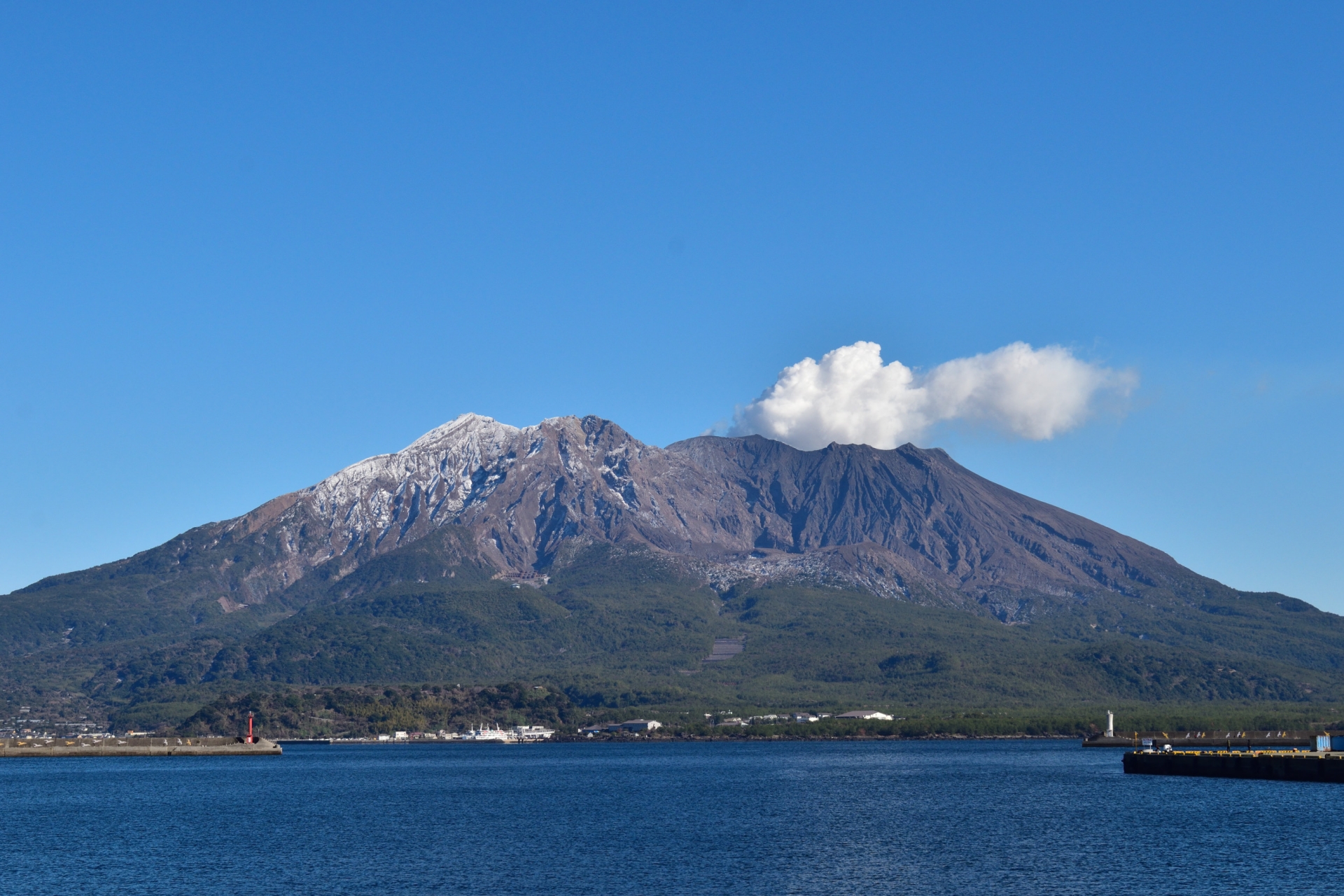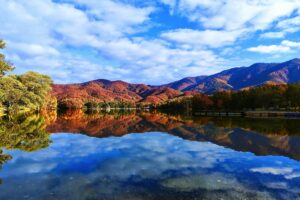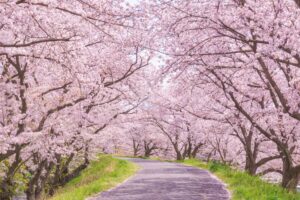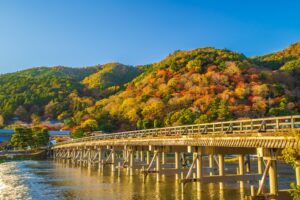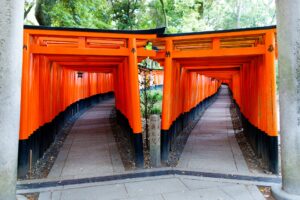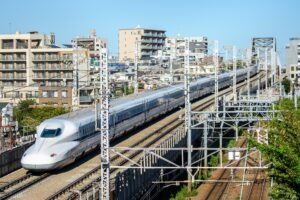Sakurajima, an active volcano in Japan’s Kagoshima Prefecture, stands as a symbol of nature’s power and beauty. This article explores its rich history, geological significance, and practical tips for visitors while highlighting its cultural and environmental impact.
Understanding Sakurajima’s Geology
Sakurajima, a stratovolcano in Kagoshima Prefecture, Japan, emerged roughly 13,000 years ago as part of the Aira Caldera formation. Its frequent eruptions, including the catastrophic 1914 event, have significantly shaped its surrounding landscape. Today, Sakurajima remains one of the most active volcanoes globally, with minor eruptions often observed. Its unique geography connects it to the Osumi Peninsula, forming a natural wonder and a geological study hotspot.

How Sakurajima Shaped Kagoshima
Sakurajima’s eruptions have profoundly influenced Kagoshima’s geography, culture, and lifestyle. Volcanic ash enriches the soil, making the region ideal for agriculture, particularly for producing daikon radishes and tea. However, its eruptions also challenge local infrastructure and public health. Over time, the volcano has become a central part of Kagoshima’s identity, celebrated through festivals and local folklore.
Is It Safe to Visit Sakurajima?
Despite its activity, Sakurajima is a safe destination for well-prepared visitors. Authorities monitor its activity closely, issuing timely alerts. To ensure safety:
- Stay in designated safe zones.
- Use masks to minimize ash inhalation.
- Check real-time updates from Kagoshima’s disaster management agencies. The Sakurajima Visitor Center provides further resources, including eruption history and safety protocols.
Best Times and Ways to Explore Sakurajima
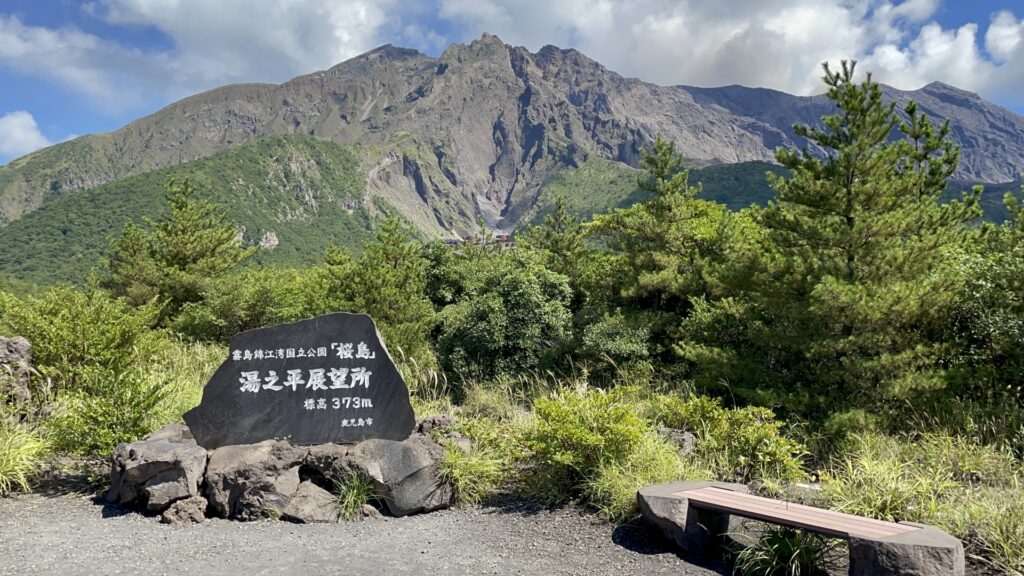
The best time to visit Sakurajima is during spring or autumn, when the weather is mild and the scenery vibrant. Travelers can take a ferry from Kagoshima Port, which operates frequently, connecting the city to the volcano in just 15 minutes. Key attractions include:
- Yunohira Observatory: For panoramic views.
- Nagisa Lava Trail: A close encounter with cooled lava fields.
- Foot Baths: Relaxation with a view of the volcano. Guided tours are available for those seeking deeper insights into Sakurajima’s history and ecology.
Cultural Significance of Sakurajima
Sakurajima holds a revered place in Japanese culture. It features prominently in regional folklore, such as tales of its formation linked to divine intervention. Historically, its eruptions influenced art and literature, symbolizing resilience and renewal. Modern-day Kagoshima honors this heritage through events like the Sakurajima Fire Festival.
The Environmental Impact of Sakurajima

Sakurajima’s eruptions bring both challenges and opportunities. Volcanic ash poses risks to air quality and agriculture but also contributes to fertile soil, benefiting local farming. Efforts to mitigate ash’s adverse effects include improved urban planning and community health programs. Economically, the volcano boosts tourism, drawing geology enthusiasts and nature lovers alike.
Comparing Sakurajima with Other Volcanoes
Among Japan’s active volcanoes, Sakurajima stands out for its accessibility and frequent activity. Comparisons with Mount Fuji and Mount Aso reveal:
- Mount Fuji: Dormant but iconic, with cultural and spiritual importance.
- Mount Aso: Features one of the world’s largest calderas. Sakurajima’s consistent eruptions offer unique opportunities for real-time geological studies.
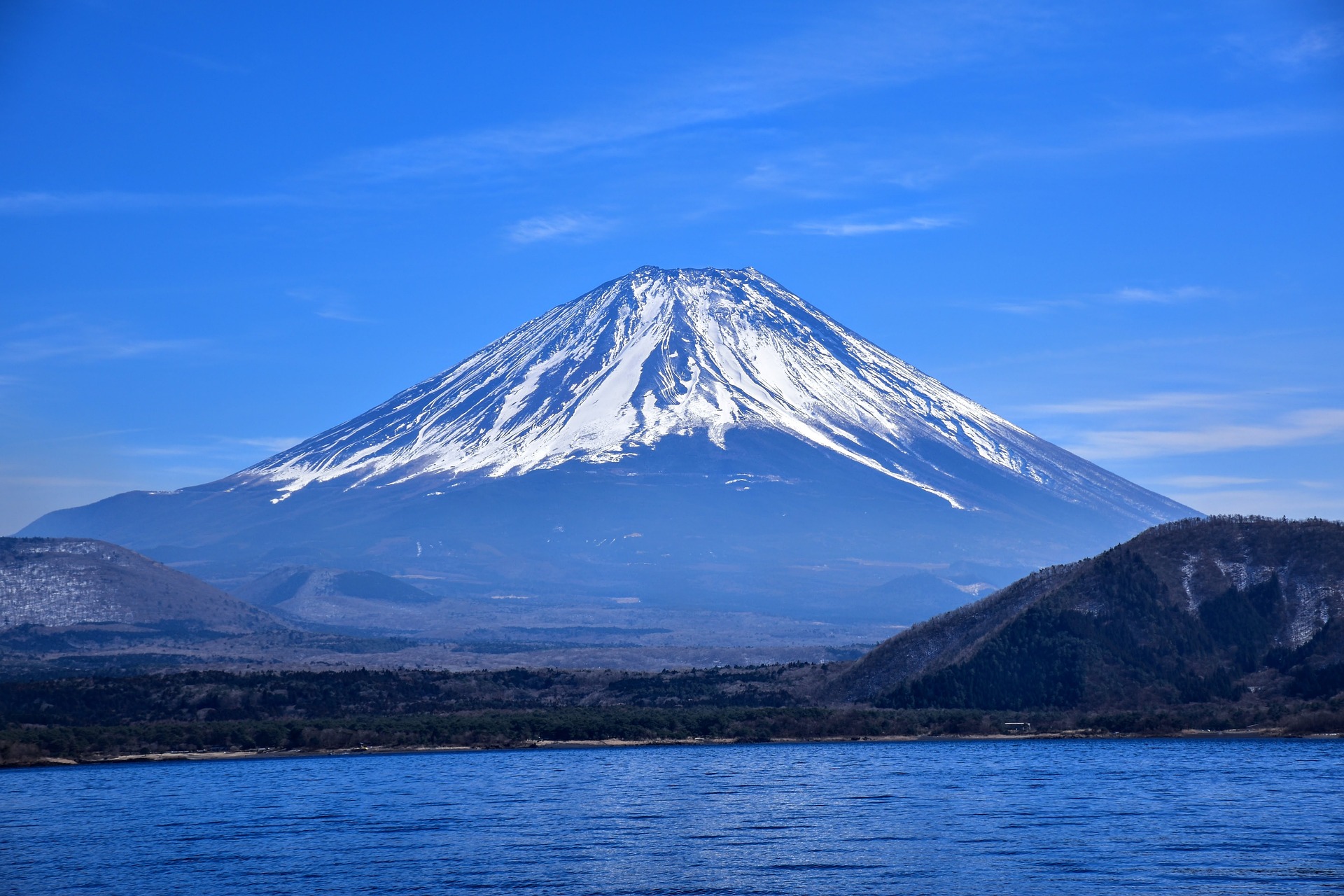
Long-term Effects of Sakurajima
Volcanic ash from Sakurajima has both immediate and enduring impacts. Long-term exposure can affect respiratory health, leading to initiatives for ash filtration in homes and public spaces. Ongoing research explores ways to mitigate these effects while maximizing the benefits of its fertile soils for sustainable agriculture.

